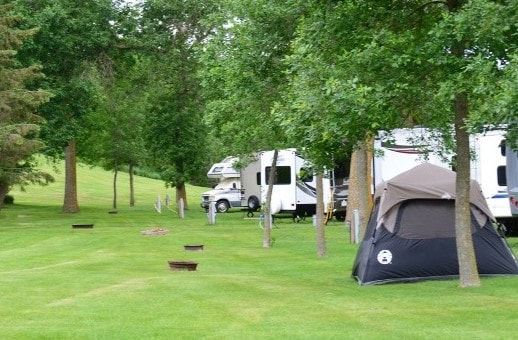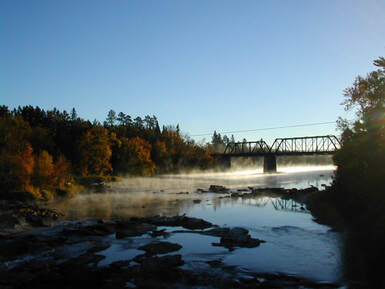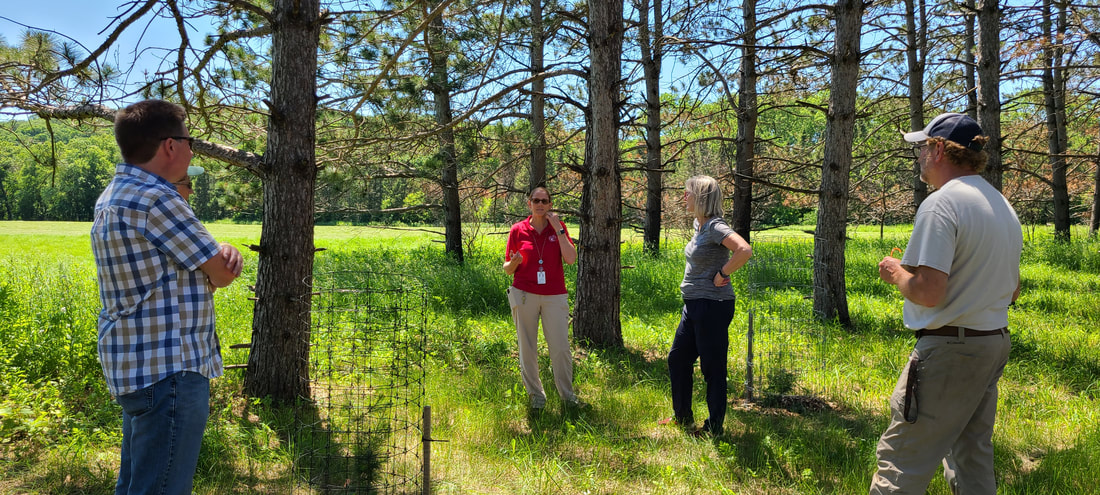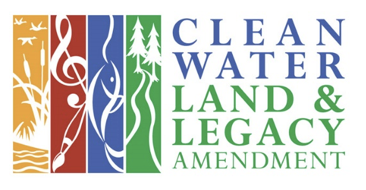Strategic Direction
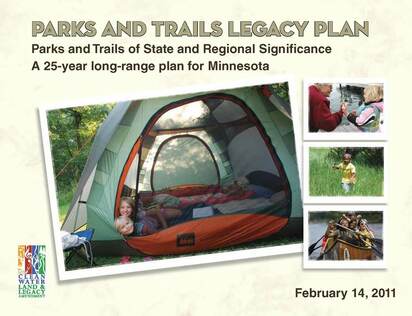
OVERVIEW
Prior to the establishment of the Greater Minnesota Regional Parks and Trails Commission (GMRPTC) in 2013, Greater Minnesota did not have an established history of comprehensive planning for regional parks and trails. The documents and organizations highlighted below establish the criteria and protocol that grants the GMRPTC responsibility in this area.
25 YEAR PARKS AND TRAILS LEGACY PLAN
The Parks and Trails Legacy Advisory Committee (LAC) was created as a part of the implementation of the 25-year Parks and Trails Legacy Plan. The Legacy Plan establishes the basic structure and guidelines both for the creation of the GMRPTC and for the Regional System Plan it is responsible for creating. Learn more about the work of the Parks and Trails Legacy Advisory Committee, including the 25 year Legacy Plan, at http://www.legacy.leg.mn/ptlac.
Prior to the establishment of the Greater Minnesota Regional Parks and Trails Commission (GMRPTC) in 2013, Greater Minnesota did not have an established history of comprehensive planning for regional parks and trails. The documents and organizations highlighted below establish the criteria and protocol that grants the GMRPTC responsibility in this area.
25 YEAR PARKS AND TRAILS LEGACY PLAN
The Parks and Trails Legacy Advisory Committee (LAC) was created as a part of the implementation of the 25-year Parks and Trails Legacy Plan. The Legacy Plan establishes the basic structure and guidelines both for the creation of the GMRPTC and for the Regional System Plan it is responsible for creating. Learn more about the work of the Parks and Trails Legacy Advisory Committee, including the 25 year Legacy Plan, at http://www.legacy.leg.mn/ptlac.
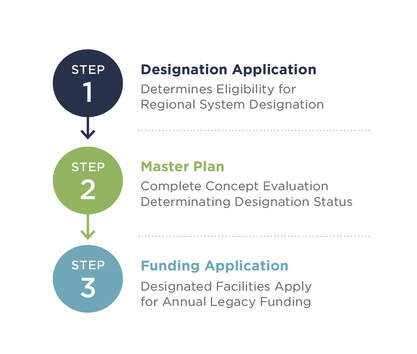
STRATEGIC PLAN
As defined in the Commission’s Strategic Plan (and guided by the Parks and Trails Legacy Plan), the Commission evaluates, ranks, and recommends funding for regionally significant projects of highest merit. A 3-Step evaluation process depicts the process all regional parks and trails facilities must follow to achieve regional designation and funding. This ensures consistency with the protocol and criteria defined in the Strategic Plan.
All cities, counties, and tribal governments in Greater Minnesota are eligible and must go through this process to become a part of the Legacy system. Legacy funding can create recreation destinations when combined with local funds and other grants to build regionally significant facilities. The Commission’s Strategic Plan is the guide for how to tell a park or trail’s story in a Master Plan!
As defined in the Commission’s Strategic Plan (and guided by the Parks and Trails Legacy Plan), the Commission evaluates, ranks, and recommends funding for regionally significant projects of highest merit. A 3-Step evaluation process depicts the process all regional parks and trails facilities must follow to achieve regional designation and funding. This ensures consistency with the protocol and criteria defined in the Strategic Plan.
All cities, counties, and tribal governments in Greater Minnesota are eligible and must go through this process to become a part of the Legacy system. Legacy funding can create recreation destinations when combined with local funds and other grants to build regionally significant facilities. The Commission’s Strategic Plan is the guide for how to tell a park or trail’s story in a Master Plan!
|
Questions? Contact [email protected]
© 2023 Greater Minnesota Regional Parks and Trails Commission. All Rights Reserved. |

